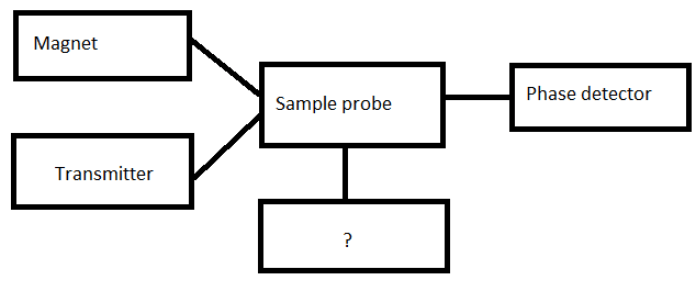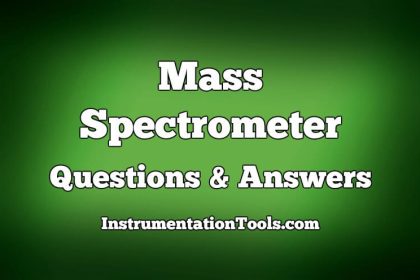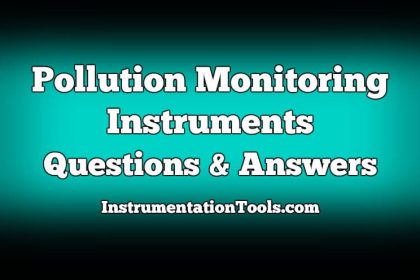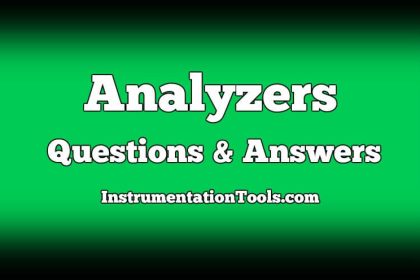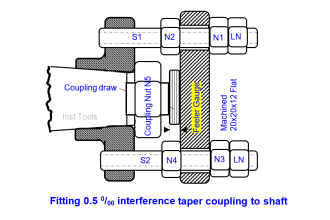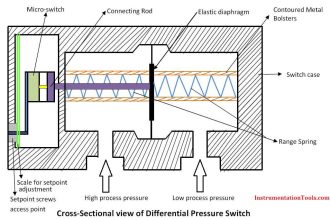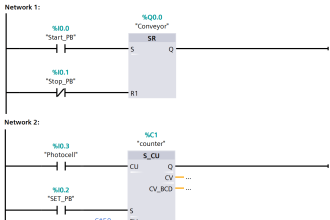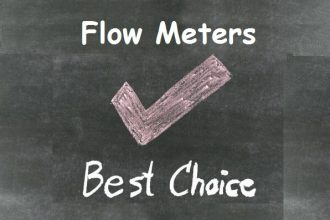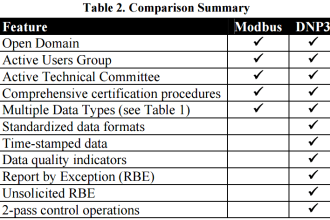Continuous Wave NMR Spectroscopy Questions & Answers
1. Which of the following components are used to separate the nuclear spin energy states?
a) RF channels
b) Magnet
c) Sample probe
d) Sweep generator
Answer: b
Explanation: A magnet is used to separate the nuclear spin energy states. Permanent magnet or electromagnets can be used.
2. In frequency sweep method, which of the following parameters are varied continuously?
a) Magnetic field
b) RF signal
c) Sample concentration
d) Amplification factor
Answer: b
Explanation: In frequency sweep method, magnetic field is held constant. RF signal is swept or varied continuously.
3. In field sweep method, which of the following parameters are varied continuously?
a) Magnetic field
b) RF signal
c) Sample concentration
d) Amplification factor
Answer: a
Explanation: In frequency sweep method, RF signal is held constant. Magnetic field is swept or varied continuously.
4. Which of the following statements are not true about permanent magnets?
a) They are simple
b) They are inexpensive
c) They don’t require shielding
d) They don’t require power supply
Answer: c
Explanation: Permanent magnets are simple and inexpensive. But, permanent magnets require extensive shielding.
5. Which of the following is not true of electromagnets?
a) They are expensive
b) They require power supply
c) They don’t require cooling system
d) They don’t require extensive shielding
Answer: c
Explanation: Electromagnets require power supply. They also require cooling systems.
6. For high resolution work the magnetic field over the entire sample volume must be maintained uniform in space and time.
a) True
b) False
Answer: a
Explanation: For high resolution work the magnetic field over the entire sample volume must be maintained uniform in space and time. To do this all the components must be kept in specified conditions.
7. Which of the following must not be done to maintain the magnetic field over the sample uniform in space and time?
a) Large pole pieces need to be used
b) Pole faces must be polished
c) Wide pole gap must be present
d) Magnets can be permanent or electromagnet
Answer: c
Explanation: Narrow pole gap must be present to maintain the magnetic field over the sample uniform in space and time. The pole faces must be polished to optical tolerances.
8. The sample is contained in which of the following components?
a) Flask
b) Capillary tube
c) Curvette
d) Bore glass tube
Answer: d
Explanation: The sample is contained in a bore glass tube. It should be cylindrical and thin-walled.
9. The single coil probe supplies the RF radiation to the sample and also serves as a part of which of the following circuits?
a) RF channels
b) Magnet
c) Detector
d) Sweep generator
Answer: c
Explanation: The single coil probe supplies the RF radiation to the sample and also serves as a part of the detector circuit. It has only one coil.
10. Nuclear induction probes’ one coil is used for signal detection. What is the function of the other coil?
a) Sample irradiation
b) Magnet
c) Detector
d) Sweep generator
Answer: a
Explanation: Crossed coil probes are also called nuclear induction probes. One coil is used for irradiating the sample. The other coil is mounted orthogonally for signal detection.
11. Given below is the diagram of Cw NMR spectrometer. Identify the unmarked component.
a) Recorder
b) RF channel
c) Receiver
d) Sweep generator
Answer: d
Explanation: The unmarked component is sweep generator. Either field or frequency can be swept.
12. The voltage generated by the receiver coil is small and it must be amplified.
a) True
b) False
Answer: a
Explanation: The voltage generated by the receiver coil is small and it must be amplified. It is them fed to the recorder or oscilloscope.
13. The amplification required for continuous-wave NMR is of the order of which of the following?
a) 101
b) 102
c) 103
d) 105
Answer: d
Explanation: The amplification required for continuous-wave NMR is of the order of 105. The spectrum can be recorded after amplification.
14. Which of the following can be used instead of magnets to produce the magnetic field?
a) Inductor
b) Motor
c) Generator
d) Superconducting solenoids
Answer: d
Explanation: Superconducting solenoids can be used instead of magnets to produce the magnetic field. The magnet must be stable and homogeneous.
15. How is the inhomogeneity of magnetic fields compensated?
a) With large magnetic fields
b) With small magnetic fields
c) By using two or more magnets
d) By providing required insulation
Answer: b
The magnet must be stable and homogeneous. The inhomogeneity of magnetic fields is compensated with small magnetic fields.
